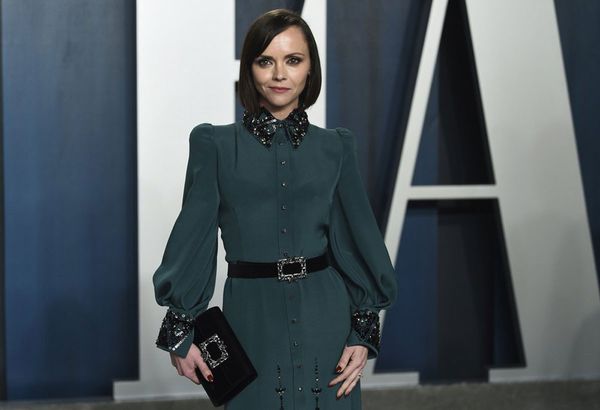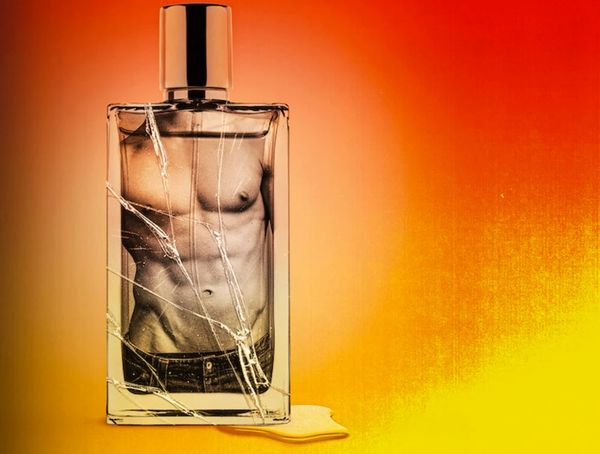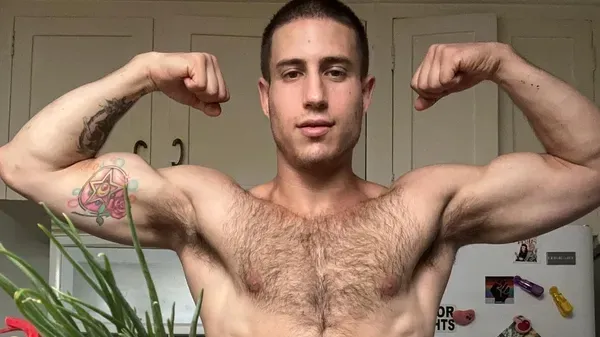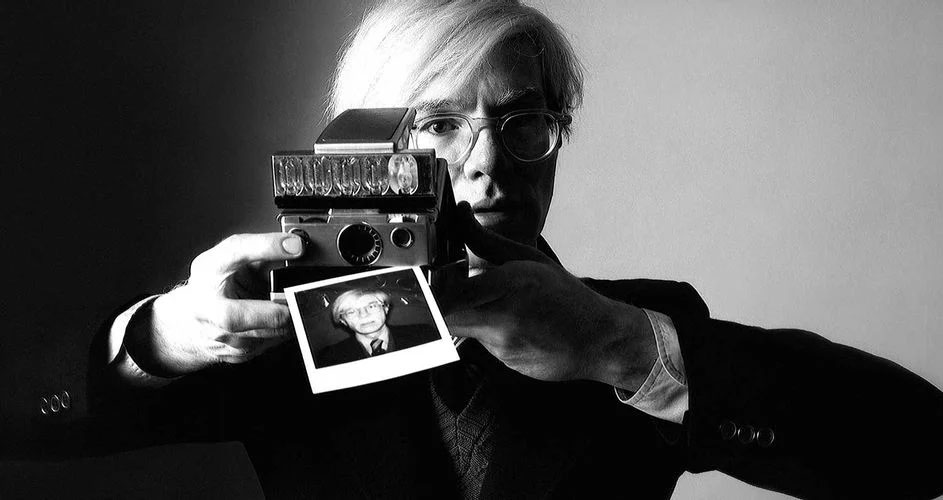
March 10, 2022
Netflix Series Reveals Andy Warhol's Last Love
READ TIME: 5 MIN.
When Andy Warhol's diaries were published in 1998, two years after the iconic artist's death, they became a treasure-trove of gossip. "The massive tome – culled from some 20,000 pages of the famed pop artist's daily musings, dictated to and then edited by his friend Pat Hackett – included every party he attended, cab ride he took, junk he watched on TV and celebrity interaction he had in the last 11 years of his life. It is often seen as a glittery, vacuous, name-dropping guilty pleasure," reports the New York Post's Page Six.
But what was missing from his diaries is much of his personal life, to which the new Netflix series "The Andy Warhol Diaries" hopes to provide at least some answer. "Premiering Wednesday, it digs beneath the diaries' surface and into Warhol's later romantic relationships and their impact on Warhol's life and work. In doing so, it paints a more vulnerable�portrait of the artist, who often presented himself as a cold, asexual weirdo," adds The Post.
"He was a man full of desire, full of humanity, and that comes through in his queer longing and in his search for spiritual meaning," series director Andrew Rossi told The Post.�
Perhaps the biggest revelation is the identity of Warhol's last boyfriend – �Jon Gould, a film executive who died of AIDS in 1986.
"Gould was a young Paramount executive with floppy hair and preppy good looks who died tragically at 33," writes The Post. "And though Warhol frequently mentioned him in his famed diaries, published posthumously in 1989, the artist's dashed-off musings gave the impression that Jon was more of a crush than a genuine partner. (Plus, few could get past the diaries' droll, often mean, takes on the rich and famous. Poor Liz Taylor was described as looking 'like a – belly button'!)"
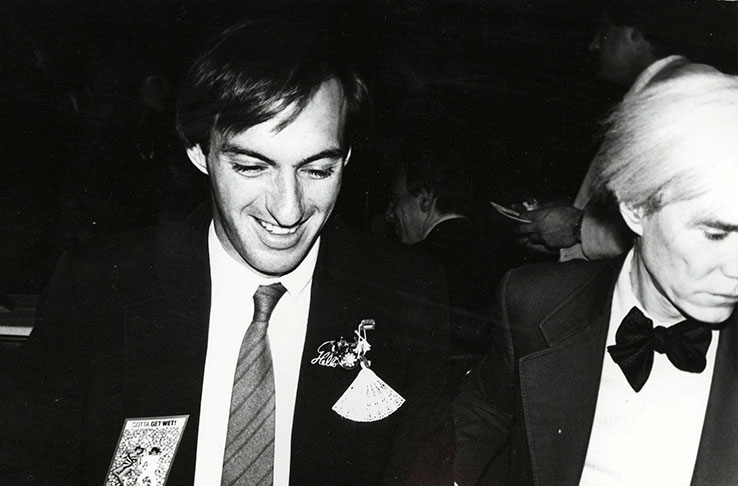
The couple met in 1981, after Warhol had broken up with Jed Johnson, who started working at The Factory in 1968 and moved in with the artist after he was shot that June. He stayed 12 years. "They adopted two dogs, and Jed decorated their new home, launching a new career as an interior designer in the process," writes The Post. "But by 1980, Warhol's diaries reveal 'family problems,' due to some X-rated Polaroids Warhol took, his relentless partying at Studio 54 and his friendships with toxic individuals. Jed left that December, and that spring Warhol confessed to feeling lonely."
About that time he wrote in his diary: "Now I'm living alone and in a way I'm relieved... I've got these desperate feelings that nothing means anything. And then I decide that I should try to fall in love, and that's what I'm doing now with Jon Gould."
Gould was a 26-year old Paramount Pictures executive with WASPish good looks (i.e., straight acting and appearing). Warhol wrote in his diaries: "Jon is a good person to be in love with because he has his own career, and I can develop movie ideas with him, you know? And maybe he can even convince Paramount to advertise in Interview, too. Right? So my crush on him will be good for business."
And Warhol was determined, all but bribing a friend with a promised fancy watch if he acted as matchmaker. His friend – photographer Christopher Makos – never got the watch. "I guess he never got loved," Makos says in the series. Jay Gould, Jon Gould's identical twin brother, says in the documentary that his brother admitted that he was in a relationship but that they didn't have sex, Page Six adds.
At first, Jon Gould resisted Warhol, and as the relationship progressed, would pull back emotionally, telling Warhol not to write about him in his diary. But Gould took Warhol to Aspen on a family ski trip and was often his plus-one in New York. "I love going out with Jon because it's like being on a real date," Warhol wrote early in their relationship. "He's tall and strong and I feel like he can take care of me."
As it turns out, it was Warhol who would take care of Gould when he was diagnosed with pneumonia and was admitted to a New York hospital. (Though he had AIDS, Gould would deny it until the end of his life.) Despite his fear of hospitals and infection, Warhol stayed with Gould for his 30-day stay.
"Around 1985," The Post writes, "Warhol began working on his massive series of 100 works based on Da Vinci's 'The Last Supper.' Jessica Beck, curator at the Warhol Museum in Warhol's native Pittsburgh, said that the paintings seem to directly reference Gould and the AIDS crisis, particularly the ones with body builder imagery (Gould was a fitness obsessive) and one with a big 'C,' a reference to what Warhol called 'the gay cancer.' "
Warhol "had this deep-rooted Catholic faith, this fear and shame, and was deeply terrified of getting AIDS," Beck told The Post. "When I first started doing research on 'The Last Supper' paintings and saw that at the time he was writing so much about Jon Gould, I was taken aback. I was like, 'Who is he, and why doesn't anyone talk about him?' "
Gould moved to Los Angeles, where he died on Sept. 8, 1986. The diary has an editor's note saying that he was down to 70 pounds and was blind. "He denied even to close friends he had AIDS," the note concluded.
With the Netflix series, the full extent of the relationship between Warhol and Gould can be revealed, which made Jay Gould happy. "When my brother passed, a lot of magazines put him in the category of hangers-on who took advantage of Andy and that really bothered me," Jay said. "I knew my brother would want me to [set the record straight]... Jon was larger than life, and Andrew [Rossi] captured that," he said. "I still miss my brother. He brought my brother back to life again."


